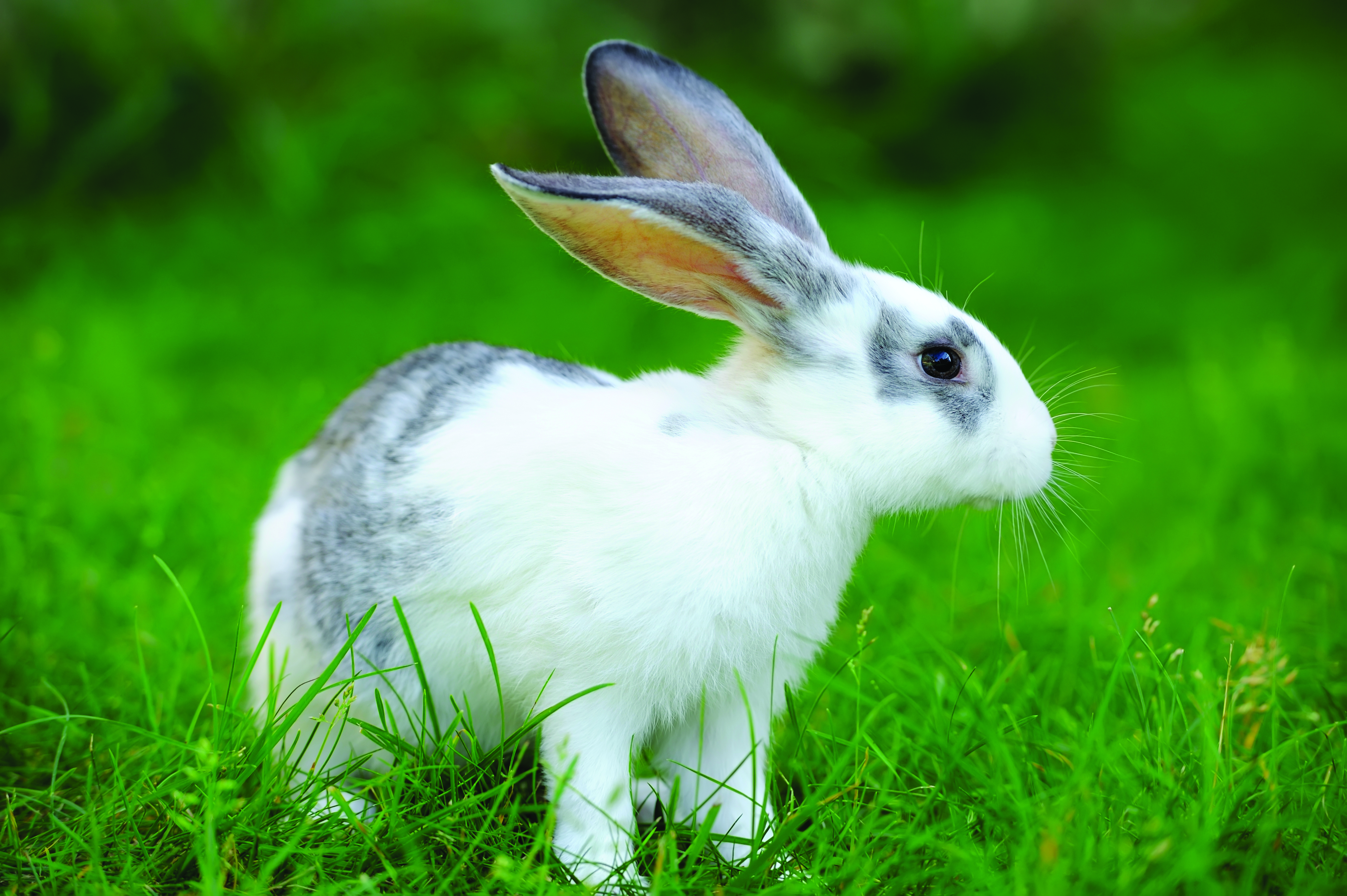
The March Hare from Alice in Wonderland, the Easter Bunny, Bugs Bunny and Peter Rabbit are just a few of the famous long-eared, fuzzy characters so popular in children’s stories. Rabbits are cute and can make great pets, but they can also spell trouble for farmers. Rabbits and hares are not rodents. They belong to the order of lagomorphs, in the Leporidae family. There are about 50 species of leporids, and half of these live in North America. Where they were not found naturally, rabbits and hares were introduced by humans. Today, leporids can be found on every continent except Antarctica
The difference
Hares and rabbits look a lot alike, but there are some major differences. Rabbits usually have smaller bodies, legs and ears than hares. Many rabbits dig burrows; hares do not. Most rabbits prefer to hide when threatened, while hares are built for running. The surest way to tell a rabbit from a hare is to look at the newborns. Baby rabbits are born furless and blind. Hares are born with fur, and their eyes are open. Sometimes even the common names of rabbits and hares can lead to confusion. The Belgian hare is really a rabbit, and the jackrabbit is really a hare.
What’s for dinner
Rabbits and hares are herbivores. In the spring and summer, they graze on grasses and sometimes gardens or crops. Rabbits and hares do not hibernate or store food in the winter; they survive on buds, twigs and bark. Leporids eat their meals twice. They have two kinds of waste pellets (droppings). Moist pellets are soft and are eaten and digested a second time. This helps the animal get all the nutrients it needs. Hard pellets are true waste and are not eaten again.
Enemies everywhere
Rabbits and hares play a vital role in natural ecosystems. Because they breed so profusely and have few defences, they are a plentiful food source for many animals. Coyotes, foxes, bobcats, minks, weasels, snakes, hawks and owls all depend on rabbits and hares as food for survival. When natural predators are scarce, rabbit and hare populations can grow out of control. The average life span of a wild rabbit is less than a year. Humans are probably a leporid’s greatest enemy — rabbits and hares are often hunted as agricultural pests, for sport, for food or for their soft fur. Domestic cats and dogs are also a danger.
Rabbits are usually very quiet animals, but they do scream when threatened or in pain. Some rabbits warn of danger by thumping their back legs on the ground.
Wild species
Rabbits and hares seem to live just about everywhere. They can be found high in the mountains, on Arctic plains, in deserts, swamps, forests and even some city parks. In North America, all wild rabbits are cottontails, but there are many kinds of wild hares. There are several species of cottontails found throughout North and South America. The cottontail was named for its fluffy white tail that looks like a cotton ball. It makes grassy nests above ground. The Arctic hare is found in the far north. They often live in herds or colonies of 100 or more. Arctic hares change colour depending on the season: Brown in summer, white in winter. The snowshoe or varying hare is found in the forests of central and southern Canada and the northern United States. Like the Arctic hare, it changes colour from brown to white. Unlike the Arctic hare, it prefers to live alone, not in groups. It can run fast (up to 30mph), but not far.
The pika
The pika is another lagomorph. It doesn’t look much like a rabbit or a hare. It looks more like a hamster, but it shares many of its cousins’ habits. Pikas can be found in the mountains of the northwest United States and Canada, and also in the northern regions of Russia, Asia and Europe. They make their homes in rock piles and crevices, living in large groups. Pikas are vegetarians and spend the summer collecting food for the winter.
–[email protected]